Nvidia showcases "Blue", a cute little Star Wars robot - Works with Disney and DeepMind
This blog takes you through the innovation behind "Blue" and Newton, the technical advancements, and the real-world applications that make this announcement a pivotal moment in robotics.
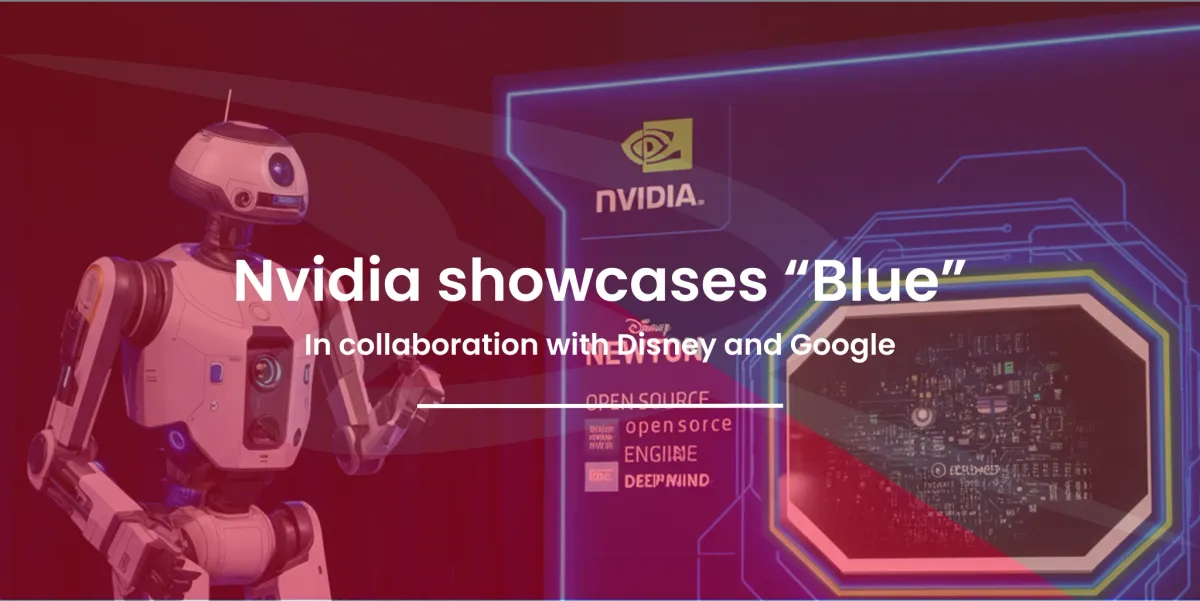
On March 18, 2025, at Nvidia's GTC Conference, a groundbreaking collaboration was revealed that could transform the future of AI and robotics. Nvidia, Disney, and DeepMind introduced "Blue," an AI-powered robot inspired by Star Wars' BDX droids, and "Newton," a cutting-edge AI-driven physics engine. This partnership not only pushes the boundaries of technology but also redefines how robots integrate into industries like entertainment, healthcare, and manufacturing.
This blog takes you through the innovation behind "Blue" and Newton, the technical advancements, and the real-world applications that make this announcement a pivotal moment in robotics.
Meet Blue: The Star Wars-Inspired AI Robot
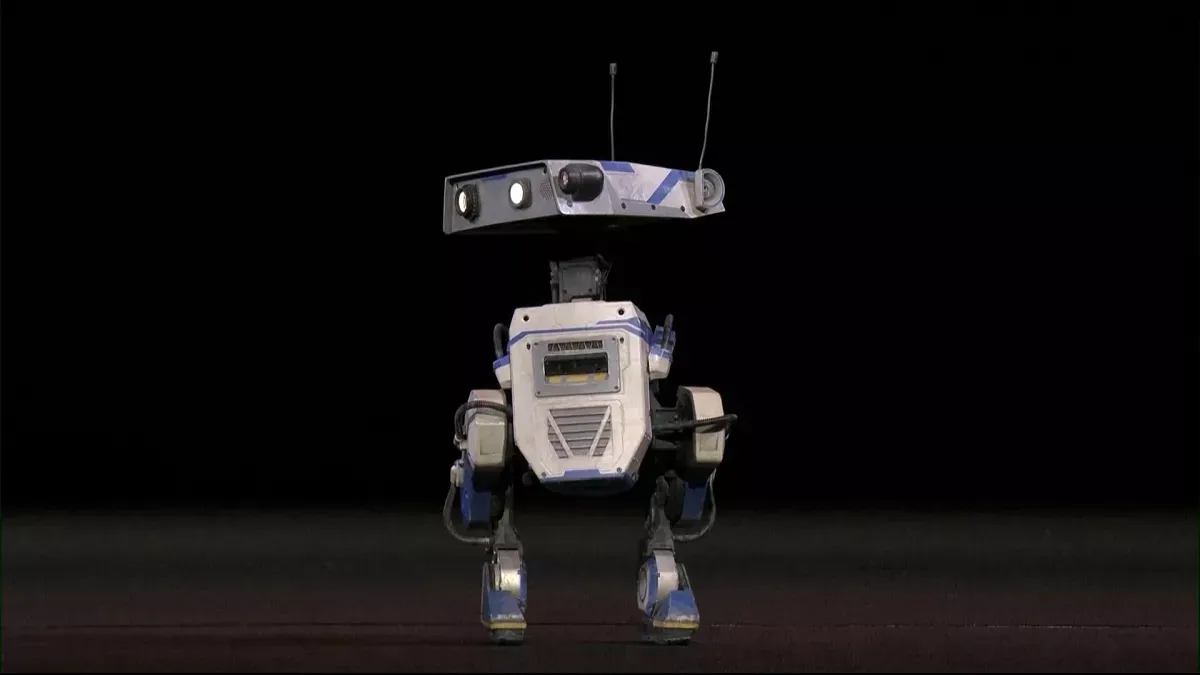
Blue made its debut as a sleek, lifelike robot that captivated the audience at GTC 2025 with its fluid movement and responsiveness. Inspired by Star Wars’ iconic BDX droids, Blue is designed to operate autonomously, learning and adapting in real-time, thanks to Nvidia’s Newton physics engine.
Unlike its predecessors like Disney's earlier BDX droids at Galaxy’s Edge, which were remote-controlled, Blue represents the evolution toward AI-powered robotics. The on-stage demonstration emphasized Blue’s dexterity, agility, and ability to adapt, signaling advancements in robots' real-world problem-solving and mobility capabilities.
Newton: The AI-Driven Physics Engine
The enabling power behind Blue lies in Newton, the revolutionary physics engine co-created by Nvidia, Disney, and DeepMind. Built on Nvidia's CUDA-based Warp framework, Newton empowers robots like Blue to perform complex tasks with remarkable precision.
Key Features of Newton
- GPU-Powered Physics Modeling
Newton simulates real-world forces using massive physics calculations processed on GPUs. This overcomes the “sim-to-real” gap, where robots trained in simulations often fail in the physical world. - Integration with DeepMind’s MuJoCo Simulator
Newton works seamlessly with DeepMind’s MuJoCo (Multi-Joint Dynamics with Contact) simulator, boasting an up to 100x speed improvement in training tasks like hand manipulation. - Open Source Specifications
Nvidia’s plan to release Newton openly paves the way for global innovation, enabling developers across industries to create next-level robots.
Newton supports both real-world deployment and accelerated virtual training of robots, making it a bridge between advanced AI algorithms and reality.
How Newton Redefines Robotics
Newton has been hailed as a “ChatGPT moment” for robotics, signifying a monumental leap forward. Its ability to introduce lifelike physics simulation into AI training allows robots to learn rapidly, acquire agility, and develop human-like problem-solving abilities.
Applications for Newton extend beyond entertainment into industries like manufacturing, where precision is paramount, and healthcare, where delicate and adaptive operations are required.
Disney's Vision for Next-Gen Robots

Disney has long used robotics to enhance its storytelling in theme parks. The BDX droids in Galaxy’s Edge, previously limited to remote-controlled operation, are now expected to transition to AI-dominated models.
With autonomous robots like Blue, Disney envisions creating more immersive experiences for park visitors. These AI-powered droids could interact unscripted with guests, respond dynamically to their behavior, and adjust to terrains.
Disney's partnership in this venture underscores how entertainment giants can leverage AI advancements to inspire wonder and push the boundaries of theme park innovation.
The Open-Source Impact of Newton on The Robotics Community
Newton’s open-source approach could democratize access to advanced tools, encouraging startups, researchers, and hobbyists to experiment and innovate. Much like how open frameworks revolutionized software development, Newton opens doors for robotics to thrive across sectors, from logistics to everyday consumer products.
Nvidia’s inclusion of MuJoCo-Warp further enhances accessibility and collaboration within the robotics community. By cutting costs for simulation and engineering, Newton empowers creators at any scale to contribute toward a new era of intelligent robotics.
Real-World Impact and Future Applications
The implications of Blue and Newton extend well beyond the field of robotics. Here’s how this technology could transform industries:
- Entertainment
Theme parks like Disneyland could soon include fully autonomous droids like Blue, creating dynamic and personalized experiences for guests. - Healthcare
AI-driven robots could perform precise and adaptive roles, like assisting in surgeries or elderly care, where human input is critical. - Manufacturing
From assembly lines to quality checks, industrial robots powered by Newton could revolutionize efficiency and safety. - Education and Research
Newton’s open-source framework provides affordable resources for teaching AI and robotics, opening more avenues for students and professionals.
Why the Nvidia-Disney-DeepMind Collaboration Matters
The partnership between Nvidia, Disney, and DeepMind is creating ripples through the tech and entertainment industries. It highlights how cross-disciplinary collaboration leads to innovation that is impactful both technologically and culturally.
Blue and Newton serve as tangible proof of how advances in AI and robotics can enrich industries and bring us closer to integrating robots seamlessly into our lives. With Nvidia's hardware, DeepMind's research, and Disney's creativity, this collaboration is setting benchmarks for what the future holds.
The Road Ahead
The unveiling of Blue and Newton is just the beginning. Nvidia’s commitment to open-source innovation ensures that this technology continues to evolve globally. With applications ranging from entertainment to healthcare, the possibilities are endless.
For participants in AI development and robotics, this is your opportunity to harness technologies like Newton and create solutions that redefine what's possible. By integrating innovations from Nvidia, Disney, and DeepMind, we’re witnessing a turning point in robotics that’s set to reshape industries worldwide.
Are you ready to build the next “Blue”? Explore Nvidia’s AI platforms, or contribute to Newton’s open-source project to lead the future of robotics innovation.
Questions asked by the public
Q: What is Newton, and how does it relate to robotics?
A: Newton is an open-source AI framework developed through a collaboration involving Nvidia, Disney, and DeepMind. It is designed to advance the field of robotics by providing cutting-edge tools for AI development, particularly in areas like motion control and decision-making processes.
Q: How can I contribute to the Newton project?
A: You can contribute by accessing the Newton project on its open-source platform, where you can collaborate with other developers, submit improvements, and share your insights to enhance the framework’s capabilities.
Q: What industries can benefit from integrating technologies like Newton?
A: Technologies like Newton have applications across diverse industries including healthcare, entertainment, manufacturing, logistics, and more. For example, they can improve robotic medical assistance or create more sophisticated autonomous systems for production lines.
Q: Why is Nvidia committed to open-source innovation?
A: Nvidia’s commitment to open-source innovation ensures that groundbreaking technologies are accessible to a global community of developers. This approach fosters collaboration and accelerates advancements in AI and robotics.
Q: Where can I learn more or get started with using Nvidia’s AI platforms?
A: You can learn more about Nvidia’s AI platforms by visiting their official website, exploring their documentation, and joining developer forums to connect with other professionals in the field.

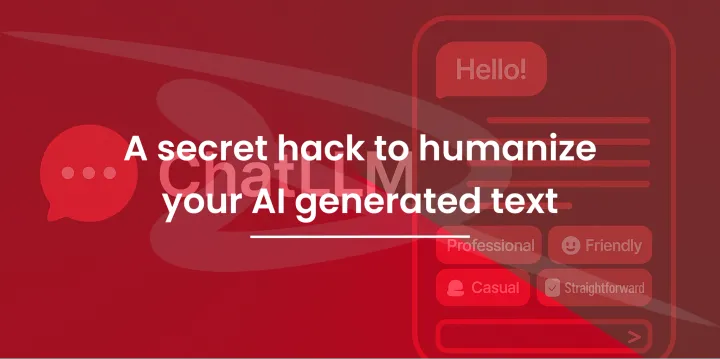
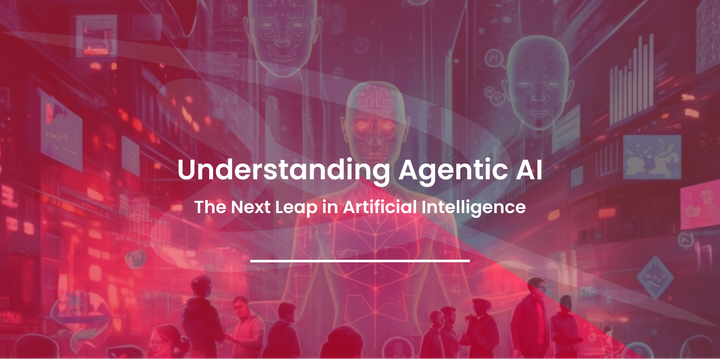
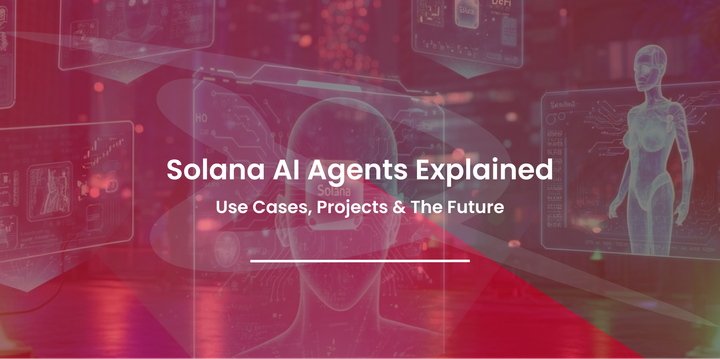
Comments ()